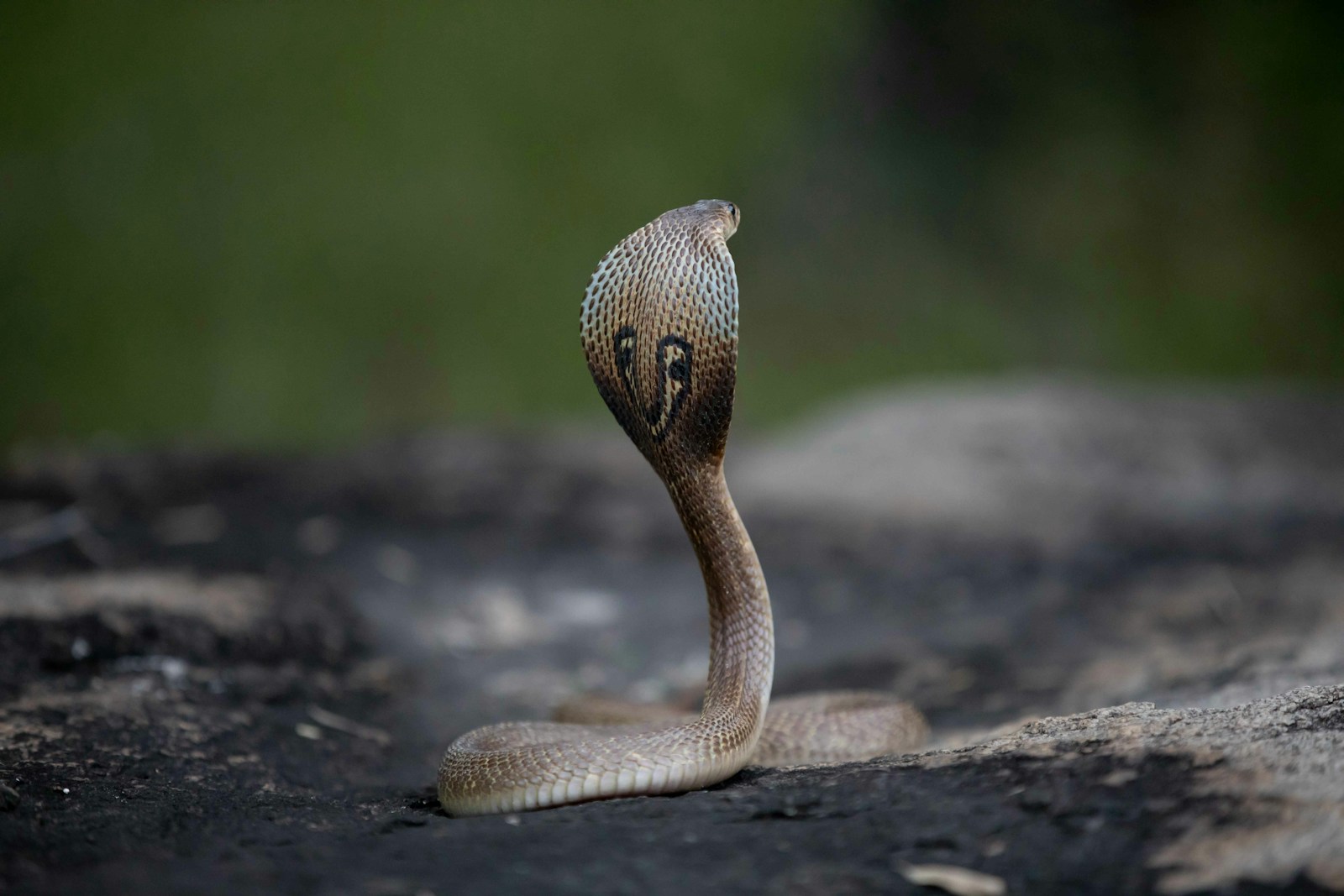Wildfires are devastating natural events that transform landscapes and challenge wildlife in profound ways. Among the various animals affected by these catastrophic events, snakes face unique challenges and display fascinating adaptations when confronted with approaching flames and the aftermath of burned habitats. As ectothermic reptiles reliant on external heat sources and specific environmental conditions, snakes’ responses to wildfires reveal remarkable survival mechanisms that have evolved over millions of years. Understanding how these reptiles navigate fire events not only provides insight into their resilience but also helps inform conservation efforts in fire-prone ecosystems around the world.
The Immediate Response: Sensing Danger
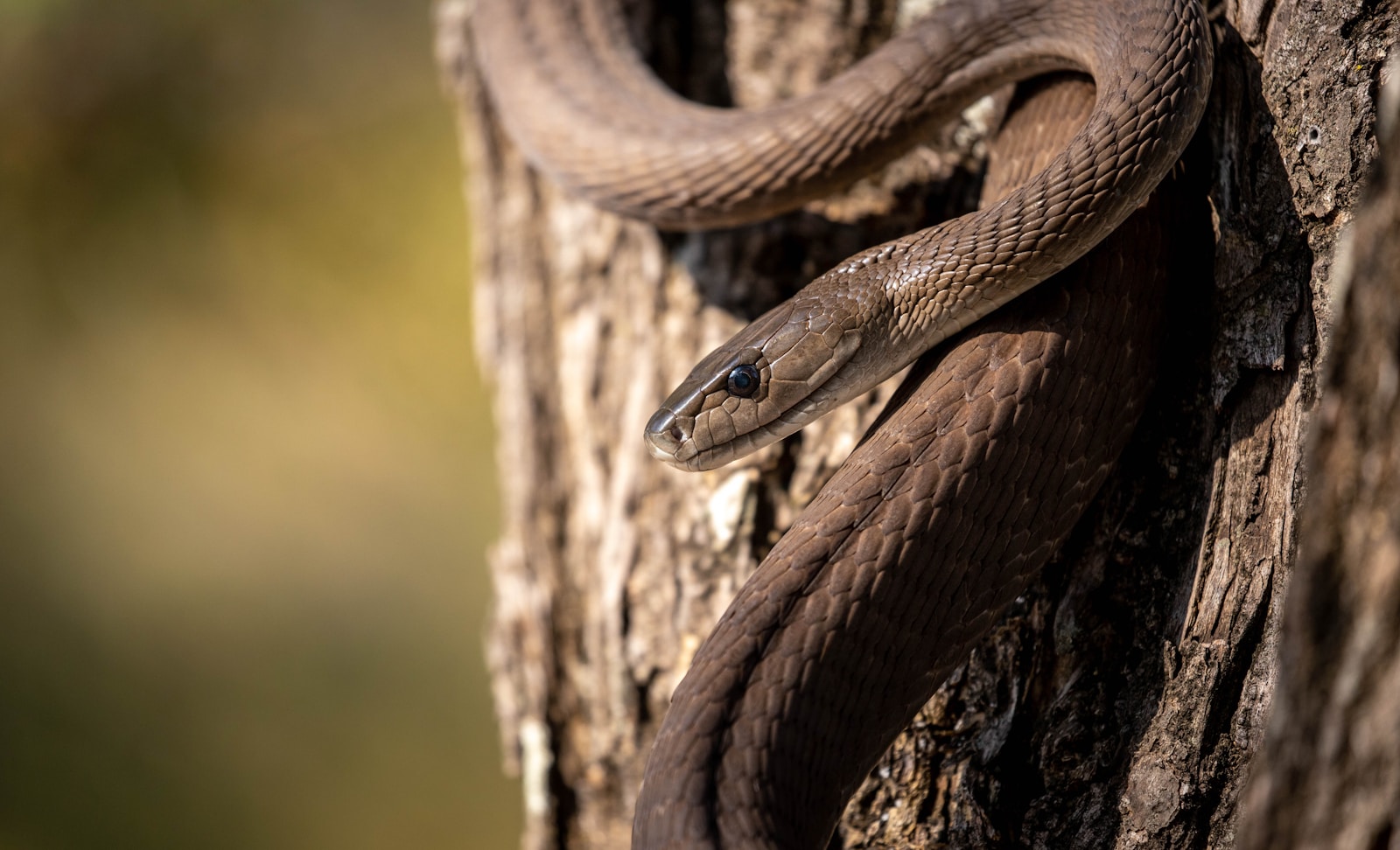
Unlike mammals with their keen sense of smell or birds with exceptional vision, snakes primarily detect approaching wildfires through vibrations and temperature changes in their environment. Their specialized heat-sensing pits, particularly pronounced in pit vipers like rattlesnakes, can detect minute temperature increases from considerable distances. Additionally, snakes possess the ability to sense ground vibrations through their jawbones and bodies, alerting them to the movement of other fleeing animals. This early warning system often gives snakes precious time to respond before the flames actually reach their location. Some species can detect temperature changes as small as 0.003°C, providing them with advanced warning that danger approaches even before smoke becomes visible.
Flight Versus Burrow: Survival Strategies
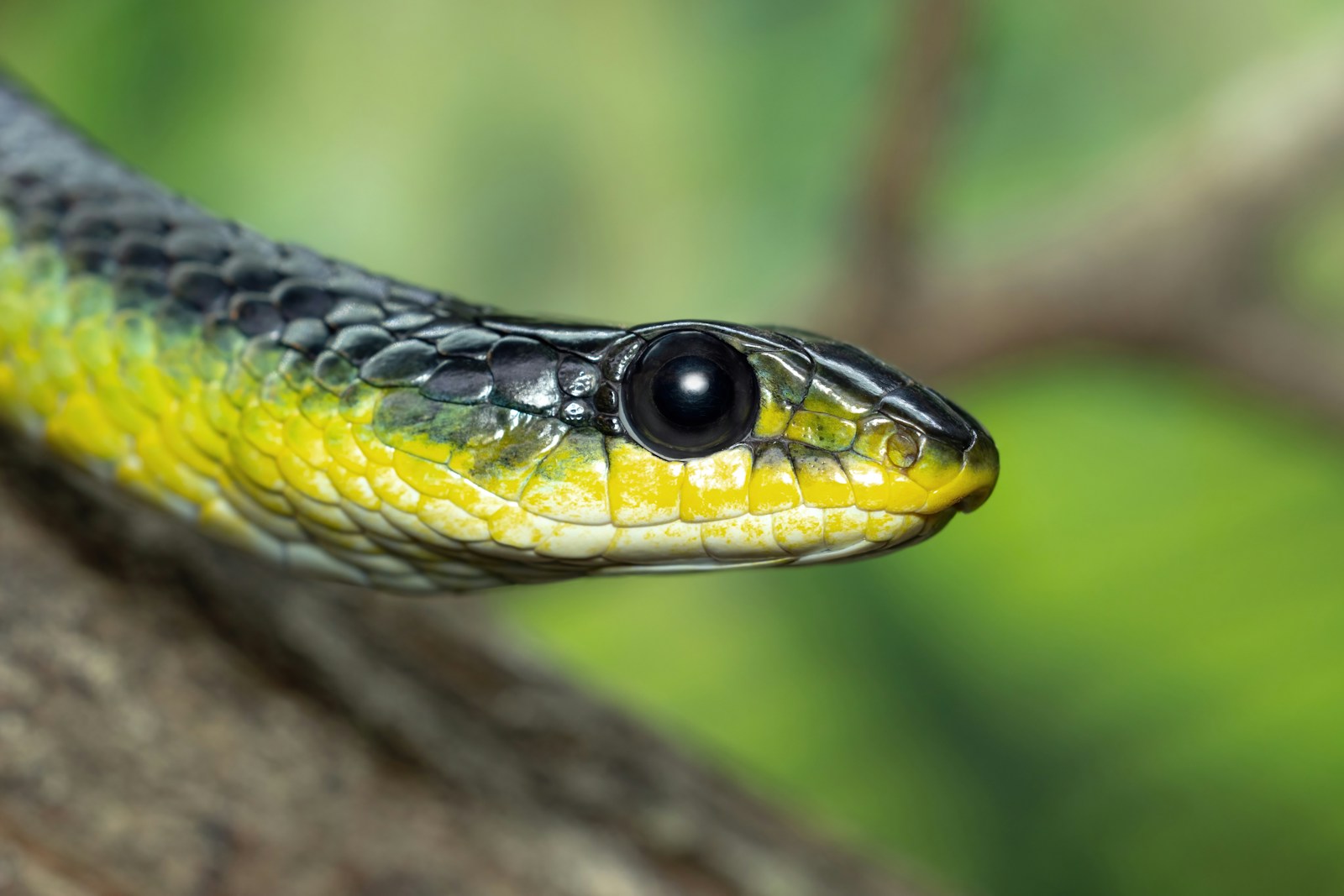
When faced with approaching wildfires, snakes typically employ one of two primary survival strategies: fleeing or seeking shelter underground. More mobile species like racers and coachwhips often attempt to escape by slithering away from the danger, sometimes traveling significant distances to reach safety. In contrast, species adapted to fossorial (burrowing) lifestyles, such as kingsnakes and many pythons, retreat into underground burrows, rock crevices, or rodent tunnels where temperatures remain relatively stable even as flames pass overhead. The choice between these strategies depends on the species’ natural adaptations, physical capabilities, and the specific characteristics of the wildfire. Research has documented snakes retreating to depths of up to three feet underground, where temperatures rarely exceed 60°C even when surface temperatures reach lethal levels above 200°C during intense fires.
Underground Sanctuaries: Nature’s Fireproof Shelters
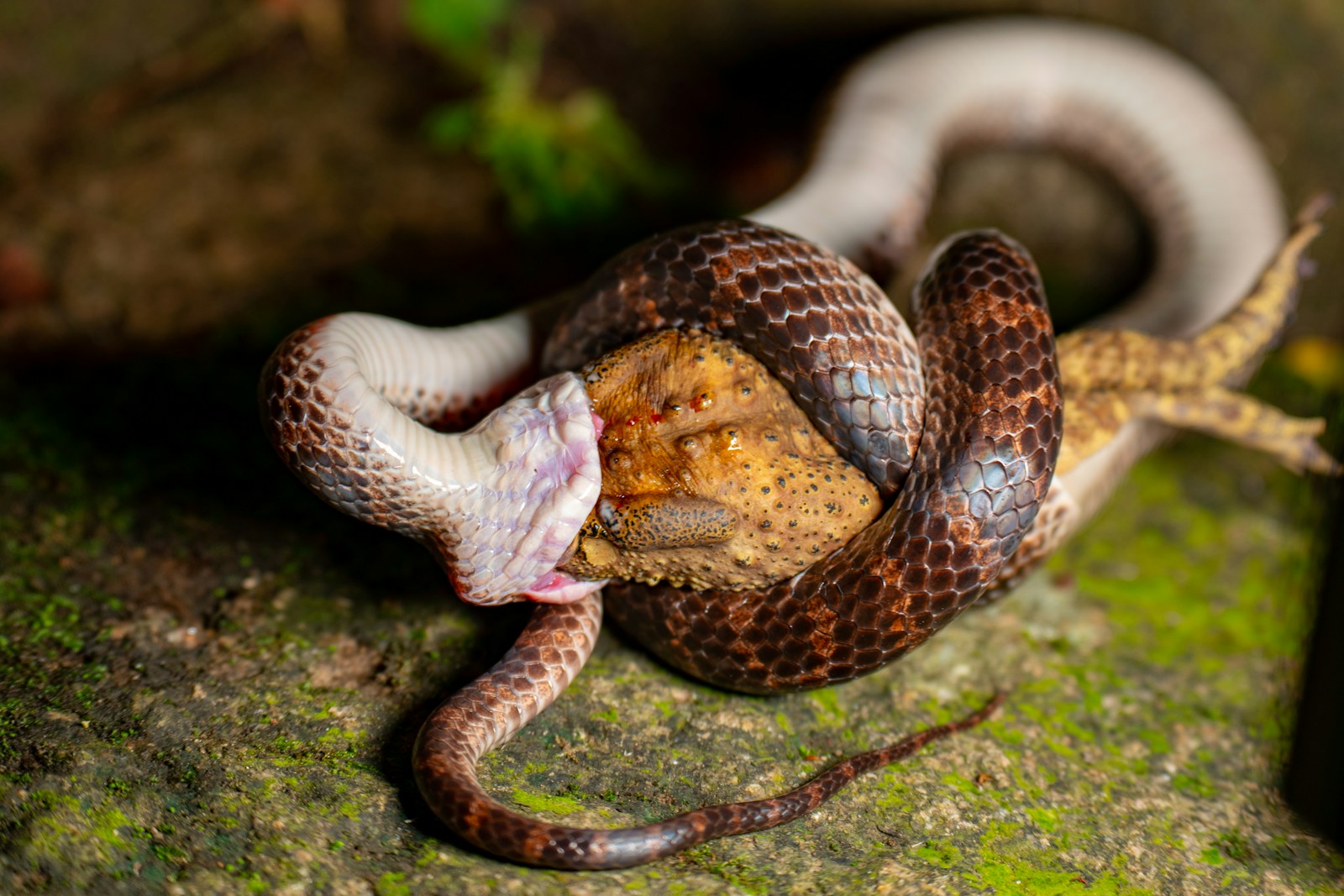
For burrowing snakes, the earth itself provides remarkable protection against the extreme heat of wildfires. Soil serves as an excellent insulator, with temperatures dropping dramatically just inches below the surface. Studies have found that while a wildfire might create ground temperatures exceeding 400°F (204°C), just eight inches underground the temperature might increase by only a few degrees. Many snake species take advantage of existing burrow systems created by other animals like gophers, ground squirrels, or prairie dogs. These natural bunkers become crucial survival zones during fire events, harboring not just snakes but often a variety of other wildlife seeking refuge from the flames. The thermal buffering capacity of soil has allowed snakes to survive even the most catastrophic fire events throughout evolutionary history.
Thermal Tolerance: Surviving Heat Extremes
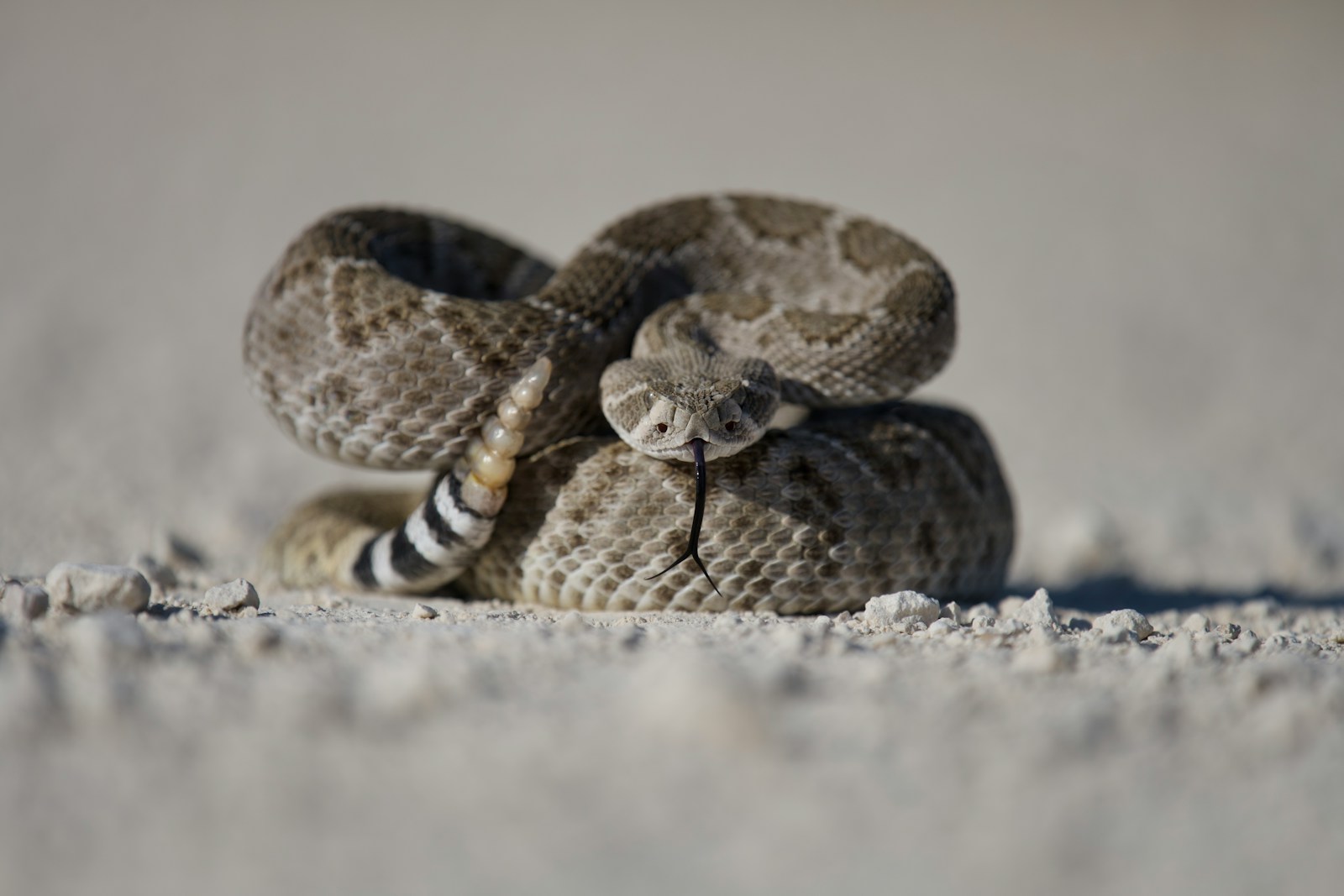
Snakes as a group display remarkable thermal tolerance, though this varies considerably between species and individuals. Most snake species can withstand body temperatures between 35-40°C (95-104°F) for short periods, but prolonged exposure to temperatures above this range typically proves fatal. Desert-adapted species generally possess greater heat tolerance than their forest-dwelling counterparts, giving them an advantage during wildfire events. Their physiological adaptations include specialized proteins that maintain functionality at higher temperatures and cellular mechanisms that prevent tissue damage during heat stress. Some species, like the eastern diamondback rattlesnake, can briefly tolerate body temperatures approaching 42°C (108°F), though such extreme conditions cannot be endured for long without causing permanent physiological damage.
Casualties and Vulnerabilities

Despite their adaptations, many snakes perish during wildfire events, particularly during fast-moving, high-intensity fires that offer little warning. Species with specialized habitat requirements or limited mobility face the highest mortality rates. Young snakes and those in the process of shedding their skin (ecdysis) are especially vulnerable, as their mobility and sensory capabilities are temporarily compromised during this period. Snakes caught in open areas without access to burrows or other refuges often suffer direct mortality from flames or extreme heat. Post-fire surveys following the 2019-2020 Australian bushfires found significant snake mortality rates, particularly among specialized habitat-dependent species, with some local populations experiencing declines of over 70% in severely burned areas.
Post-Fire Emergence: Returning to a Changed World
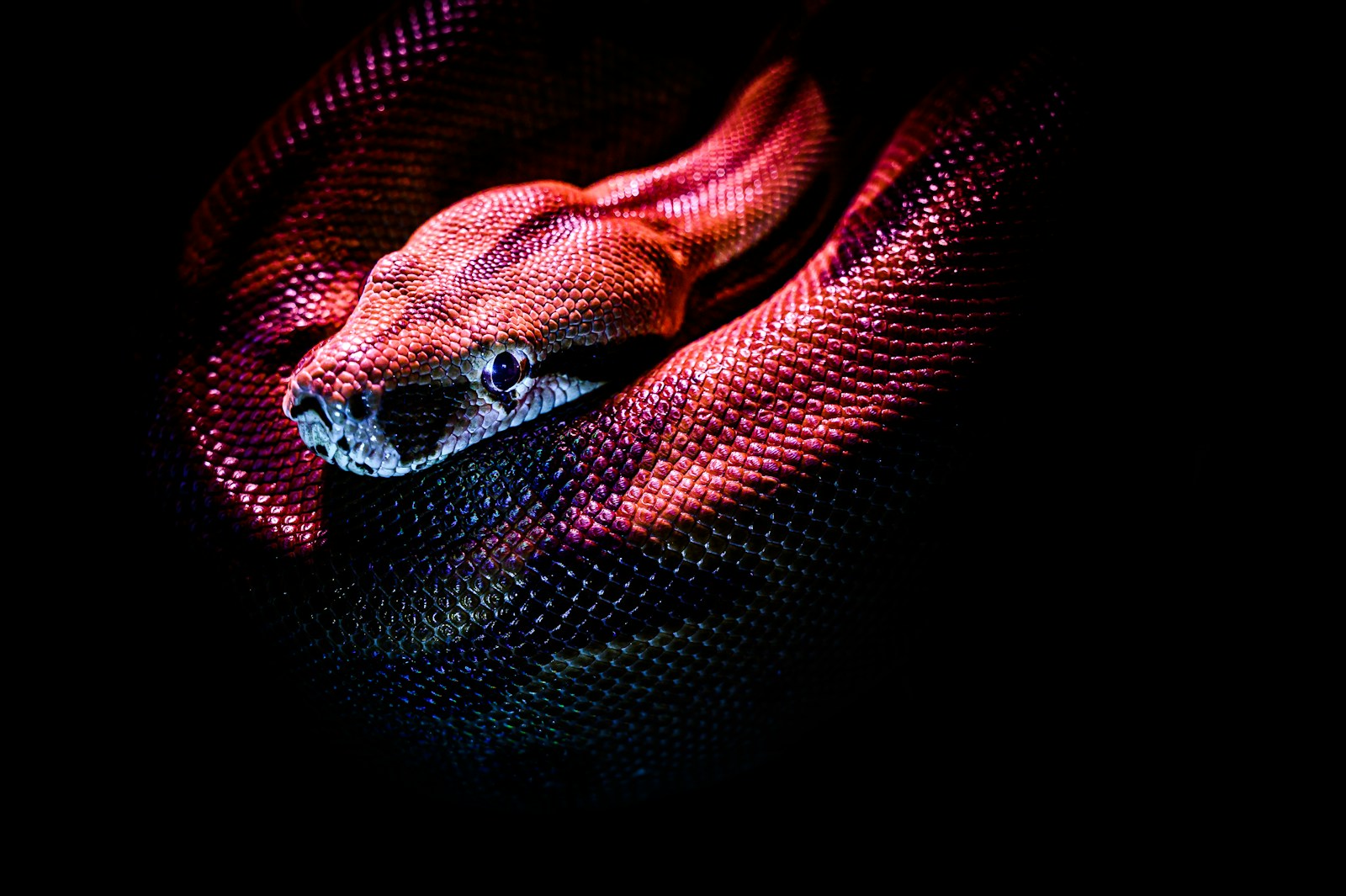
In the aftermath of a wildfire, surviving snakes must contend with a drastically altered landscape. Once the ground has cooled sufficiently, snakes emerge from their subterranean shelters to survey their transformed habitat. This emergence period varies depending on fire intensity, weather conditions, and individual species characteristics, but typically occurs within days to weeks after the fire has passed. Studies using radio-tracked snakes have documented individuals remaining underground for up to two weeks following major fire events before venturing to the surface. Upon emergence, snakes must immediately address fundamental needs: thermoregulating in a landscape with altered sun exposure, locating water sources that may have been compromised, finding new shelter opportunities, and ultimately securing prey in an ecosystem where population dynamics have been drastically disrupted.
Hunting in Burned Landscapes: Challenges and Opportunities
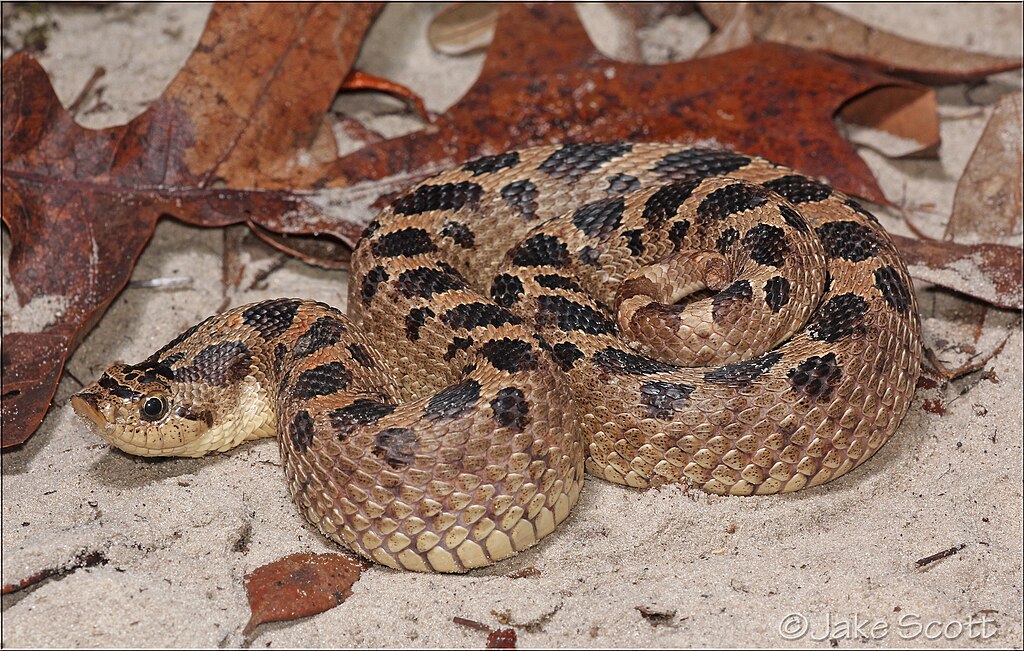
The post-fire landscape presents both challenges and opportunities for snake hunting behavior. The loss of ground cover and vegetation creates a double-edged situation: while prey animals have fewer places to hide, making them potentially easier to catch, snakes themselves have fewer options for concealment while hunting. Some opportunistic snake species actually increase hunting activity immediately after fires, taking advantage of displaced prey animals or those weakened by smoke inhalation and burn injuries. Research in Australian woodlands documented increased python feeding success in recently burned areas, particularly on small mammals disoriented by habitat loss. However, this initial advantage typically gives way to longer-term challenges as prey populations may crash in the weeks following a severe fire, forcing snakes to expand their hunting territories or switch to alternative prey sources.
Thermoregulation Challenges in Burned Areas
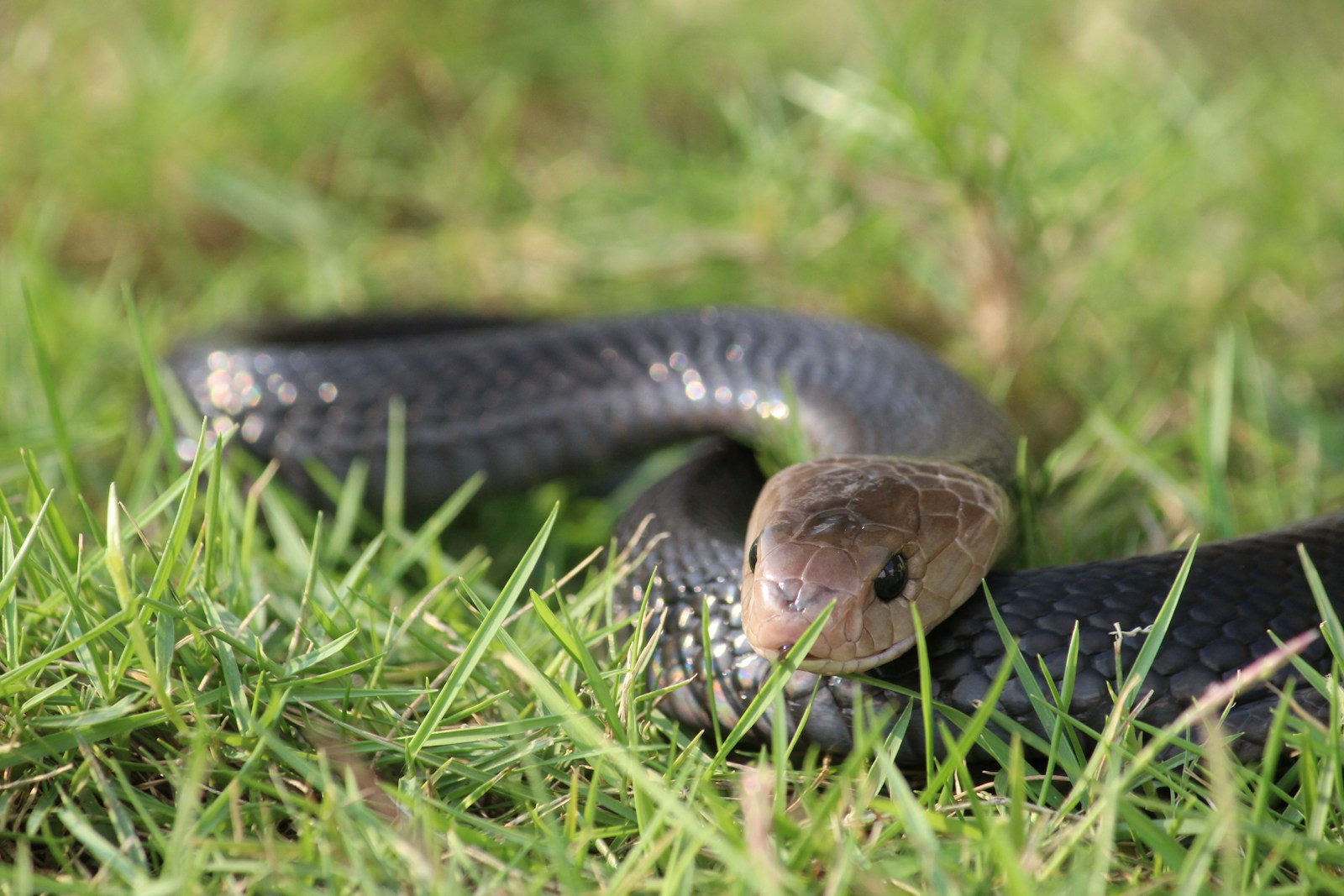
As ectothermic creatures, snakes rely on environmental temperatures to regulate their body heat, making proper thermoregulation critical to their survival. Wildfires dramatically alter the thermal landscape by removing shade-providing vegetation and changing ground surface characteristics. In the aftermath, snakes must adapt their thermoregulatory behaviors to prevent overheating in areas that now receive direct sunlight throughout the day. Many species shift their activity patterns toward dawn, dusk, and nighttime hours to avoid the extreme heat of exposed burned areas during midday. Research tracking rattlesnakes in post-fire environments has documented individuals traveling greater distances to locate suitable temperature gradients and spending significantly more time in remaining unburned patches that offer thermal refuge. This increased movement exposes snakes to greater predation risk and energy expenditure at a time when resources may already be limited.
Population Impacts and Recovery Rates
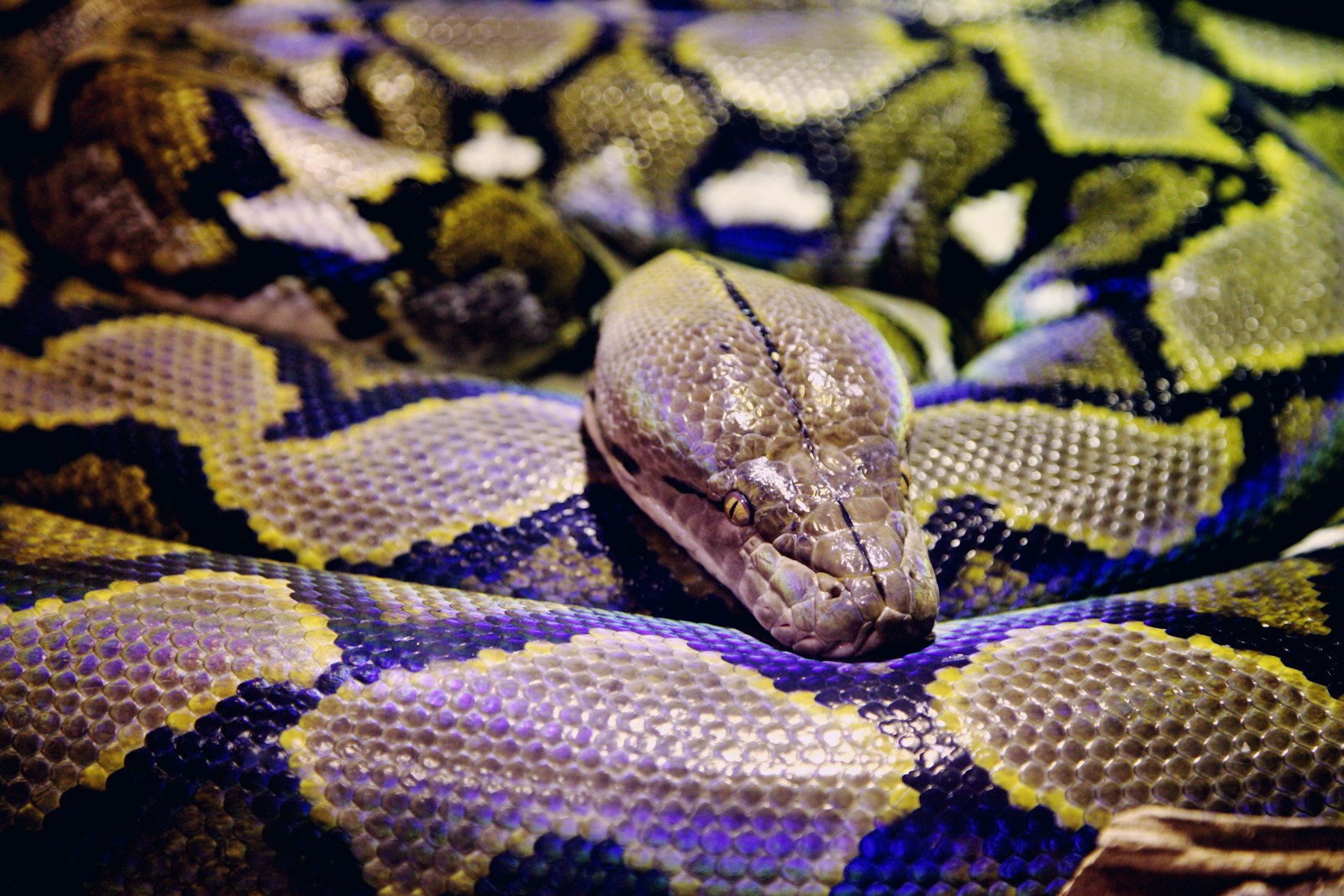
The impact of wildfires on snake populations varies dramatically based on fire intensity, habitat type, species characteristics, and the availability of unburned refugia. In mosaic burns, where patches of habitat remain untouched, snake populations often recover relatively quickly, with individuals recolonizing burned areas from these refuge zones. Studies tracking snake population dynamics following prescribed burns have documented complete recovery within 2-3 years for many common species. However, catastrophic, high-intensity wildfires that burn vast areas uniformly can lead to local extirpations, particularly for specialized or rare species with limited distribution. Long-term monitoring of Australian python populations following severe bushfires showed recovery times exceeding a decade in areas where fires burned at maximum intensity across entire mountain ranges, eliminating all refuge patches.
Reproduction After Fire Events

Wildfire events can significantly influence snake reproductive behaviors and success rates in the years following a burn. For some species, the stress of fire events and subsequent resource limitations leads to decreased reproductive output, with females producing smaller clutches or skipping breeding seasons entirely. Conversely, certain opportunistic species may experience a reproductive boom if post-fire conditions temporarily increase prey availability or create favorable microhabitats. The timing of fires relative to the reproductive cycle is particularly important; fires occurring during egg incubation or shortly after live births can be especially devastating to recruitment rates. Research on timber rattlesnakes found that females experiencing significant thermal stress during pregnancy had higher rates of stillbirths and developmental abnormalities in their offspring, suggesting that intense fire seasons could impact multiple generations through maternal effects.
Beneficial Aspects of Fire for Some Snake Species
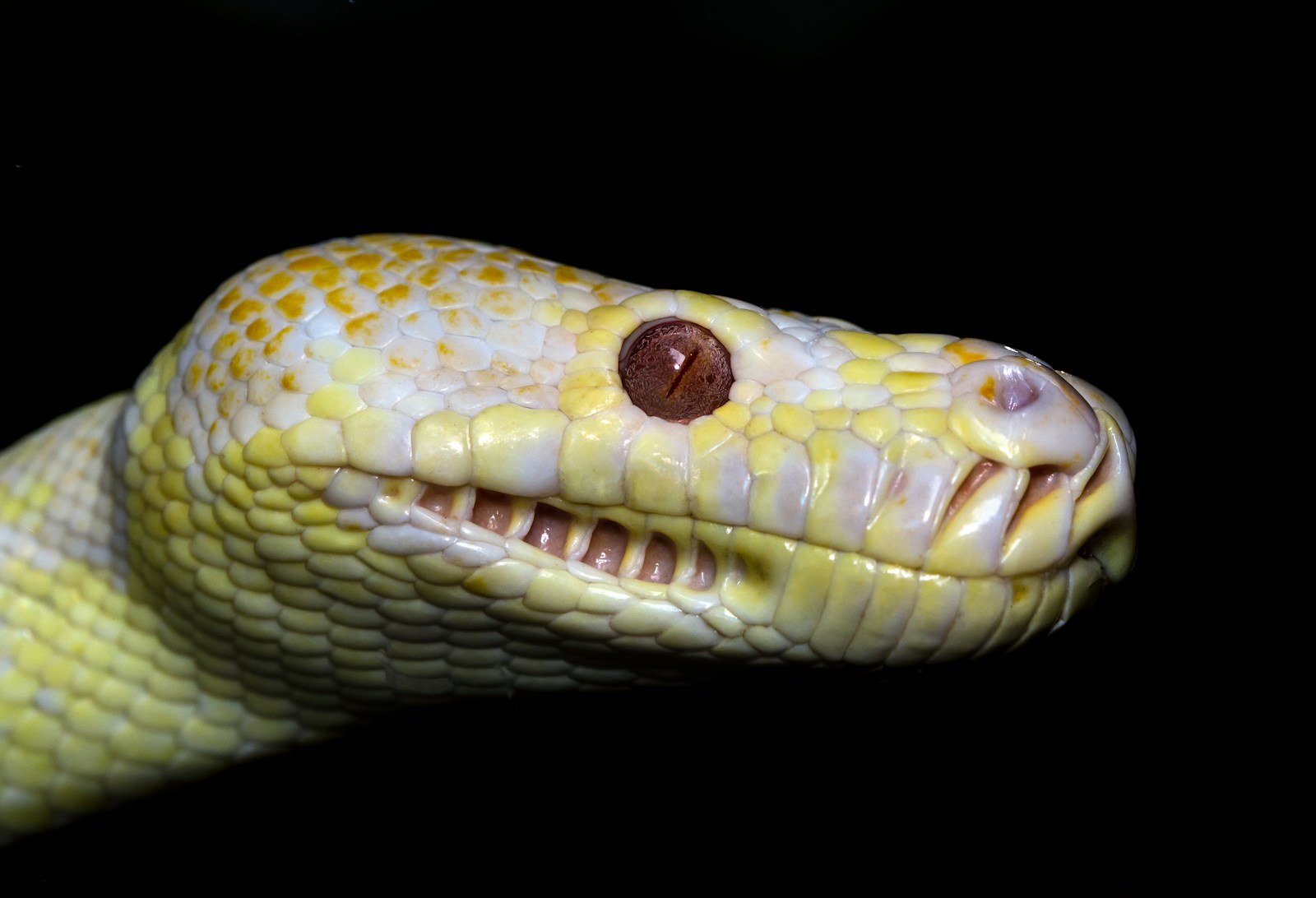
While wildfires present obvious dangers, not all fire effects are negative for snakes. In many fire-adapted ecosystems, periodic burns play a crucial role in maintaining habitat quality for certain snake species. Low-intensity fires reduce undergrowth and leaf litter, creating ideal basking sites and improving hunting efficiency for many snake species. Open canopy conditions following fires can increase ground temperature, potentially extending activity seasons in temperate regions. In pine savannas of the southeastern United States, studies have documented higher abundance of threatened eastern diamondback rattlesnakes in regularly burned habitats compared to fire-suppressed areas. These benefits primarily apply to natural fire regimes of appropriate intensity and frequency, however, not the catastrophic mega-fires increasingly common due to climate change and forest management practices.
Changing Fire Regimes: New Challenges for Snake Adaptation
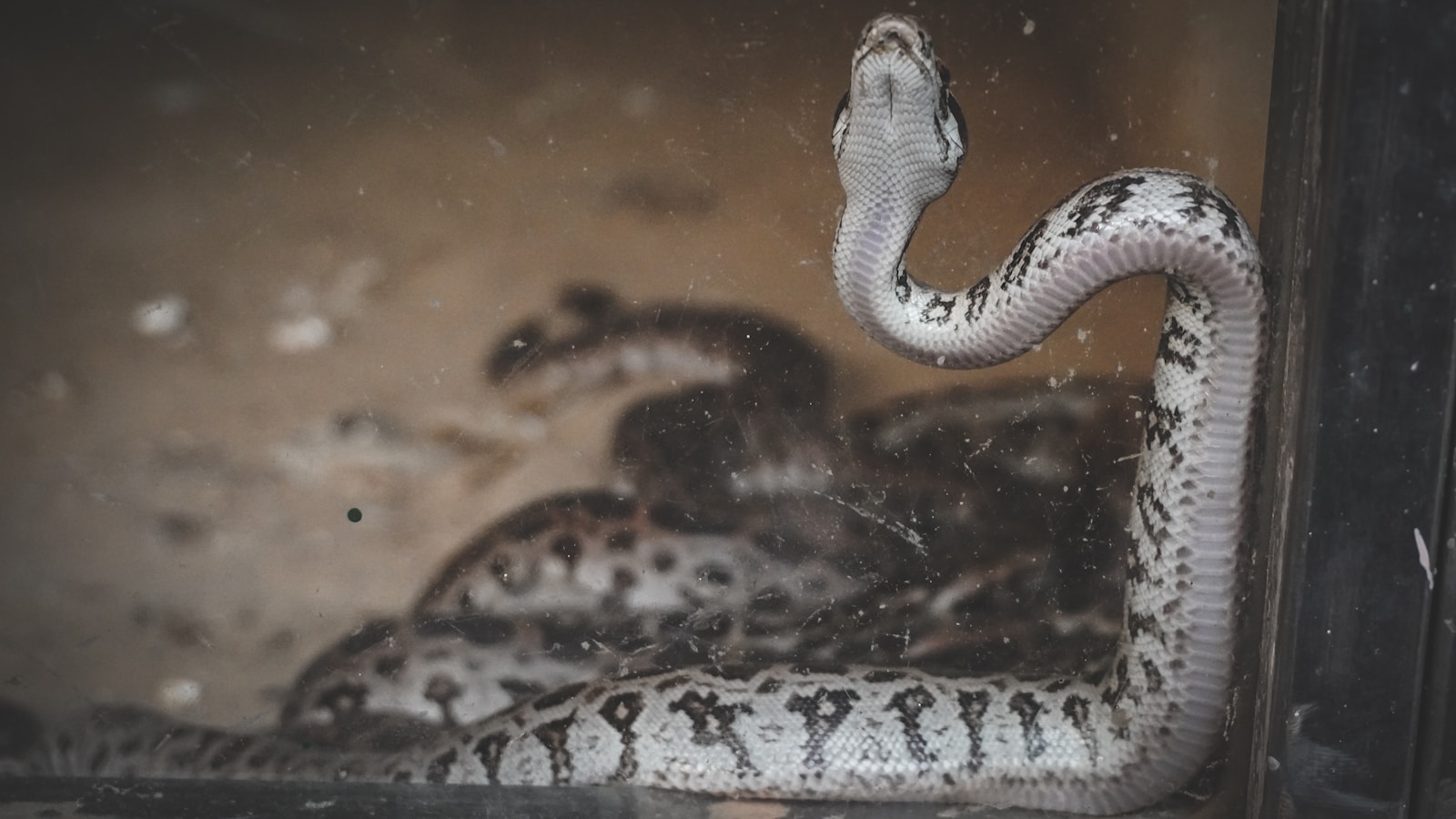
Human-influenced changes to wildfire patterns present novel challenges for snake species that evolved under different fire regimes. Climate change is driving more frequent, intense, and extensive wildfires in many ecosystems worldwide, potentially exceeding the adaptive capacity of many snake populations. Fire suppression policies followed by catastrophic burns create fires of unprecedented intensity that leave few survivable refuges. Conversely, too-frequent burning in some managed landscapes doesn’t allow sufficient recovery time between fire events, gradually depleting both snake populations and their prey base. Research comparing snake community composition between areas with natural versus altered fire regimes has documented simplification of snake assemblages in areas with disrupted fire patterns, with habitat generalists predominating and specialists declining. These changes suggest that even fire-adapted snake species may struggle to persist under rapidly shifting fire regimes that deviate significantly from their evolutionary experience.
Conservation Implications and Management Approaches
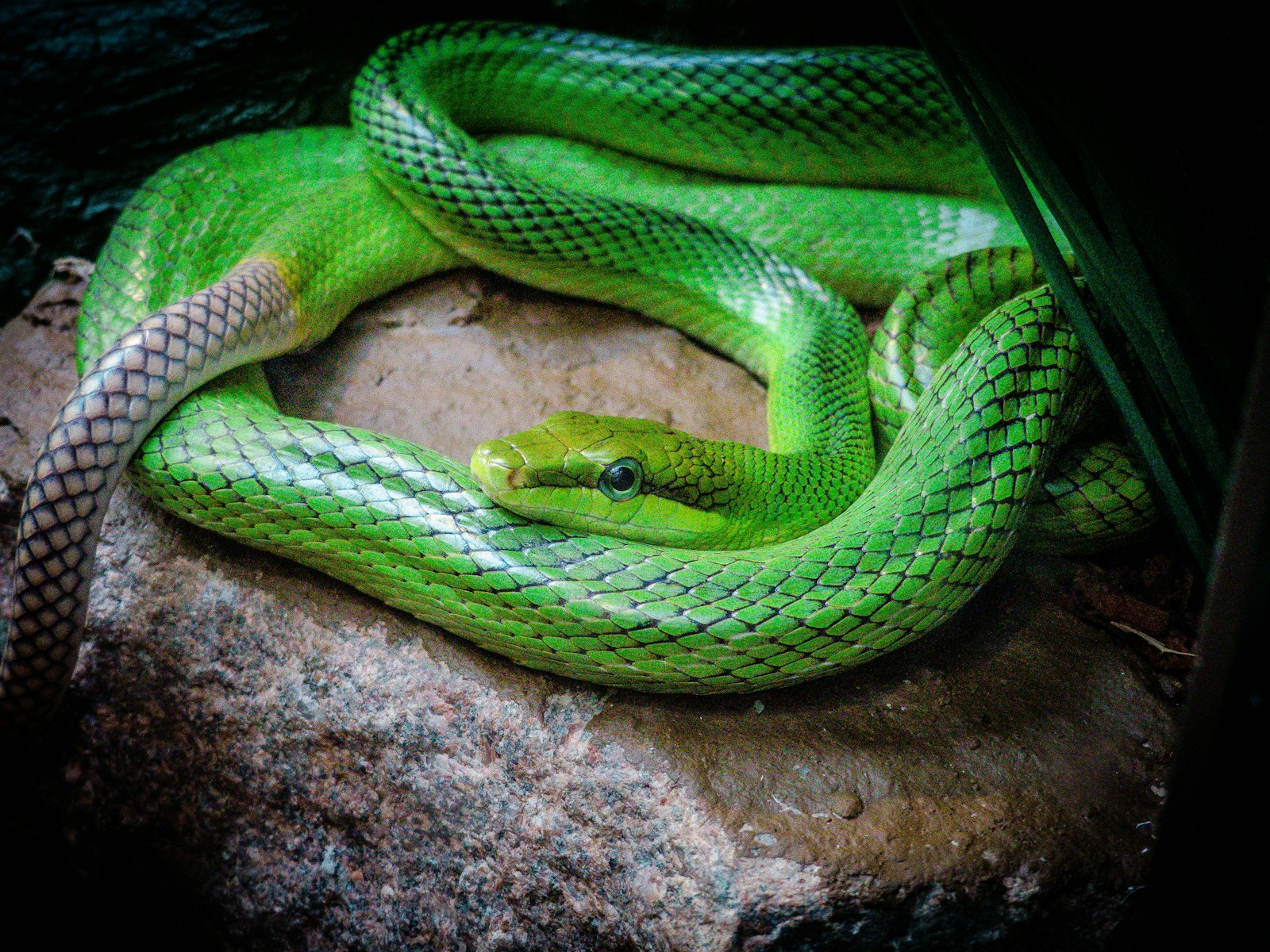
Understanding how snakes respond to wildfire events has important implications for conservation management in fire-prone ecosystems. Wildlife managers increasingly incorporate reptile needs into prescribed burning protocols, including considerations like burn timing, intensity, and patchiness to maximize survival opportunities. Maintaining unburned refuge patches within burn units has proven particularly effective at supporting snake population persistence and facilitating rapid recolonization. Post-fire habitat enhancement measures, such as deploying artificial cover objects or brush piles in severely burned areas, can provide temporary shelter while vegetation recovers. For threatened snake species in fire-prone regions, specialized conservation approaches may include creating fire breaks around critical habitat areas, pre-emptively relocating vulnerable populations before prescribed burns, or establishing captive assurance colonies for species at risk of extinction from changing fire regimes. These science-based management practices recognize the complex relationship between snakes and fire, working to maintain natural processes while mitigating unprecedented threats.
Wildfires represent both an ancient evolutionary pressure and an increasingly complex conservation challenge for snake species worldwide. Through a remarkable suite of behavioral and physiological adaptations, many snakes have developed effective strategies to survive fire events that have shaped their ecosystems for millennia. From seeking underground refuge to adjusting hunting strategies in burned landscapes, these reptiles demonstrate impressive resilience in the face of one of nature’s most powerful forces. However, as human activities continue to alter fire regimes beyond historical norms, even well-adapted species face uncertain futures. By understanding and supporting the natural mechanisms that have allowed snakes to coexist with fire throughout their evolutionary history, conservation efforts can help ensure these fascinating reptiles continue to fulfill their ecological roles in fire-influenced landscapes for generations to come.

